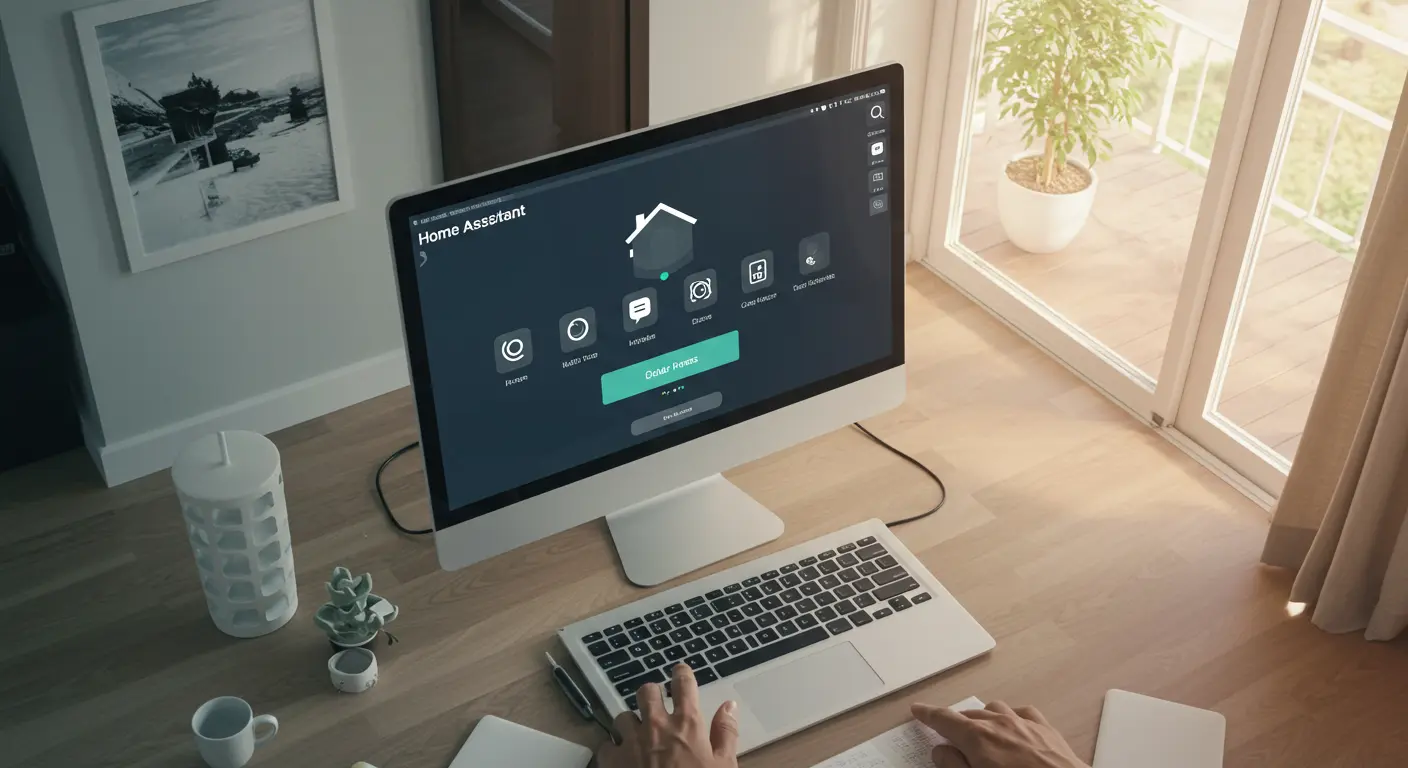The world of smart homes beckons, promising convenience, security, and a touch of futuristic magic. But navigating the various platforms and devices can feel overwhelming. Here’s where Home Assistant steps in – an open-source platform that empowers you to create a truly customized smart home experience.
This comprehensive guide will walk you through installing Home Assistant, giving you the foundation to build your dream smart home.
Why Choose Home Assistant?
Home Assistant stands out for its unique advantages:
- Open-source: Ditch the limitations of closed ecosystems. Home Assistant offers greater flexibility and allows for integration with a vast array of smart devices.
- Customization: Craft your smart home experience exactly how you want it. Create custom automations, personalize your dashboard, and unleash the power of your imagination.
- Local Control: Maintain control over your data. Home Assistant can operate locally on your own hardware, offering greater privacy compared to cloud-based solutions.
- Active Community: Benefit from a vibrant and supportive community of developers and users. Access a wealth of resources, troubleshooting tips, and inspiration for your smart home journey.
Choosing Your Installation Method:
Home Assistant offers several installation options to suit your technical expertise and desired setup:
- Home Assistant Operating System (HassOS): The simplest and recommended approach for beginners. HassOS is a dedicated operating system specifically designed for running Home Assistant, offering a user-friendly interface and streamlined installation process.
- Manual Installation: For experienced users, installing Home Assistant directly on a compatible operating system like Raspberry Pi or a virtual machine provides more control but requires greater technical knowledge.
- Containerized Installation: Explore containerization platforms like Docker for a lightweight and portable solution.
Let’s Get Started with HassOS (Recommended for Beginners):
Hardware Requirements:
- A device compatible with HassOS (e.g., Raspberry Pi, Intel NUC, or a dedicated mini PC).
- MicroSD card (size may vary depending on chosen device).
- Power supply and internet connection for your chosen device.
Installation Steps:
Download HassOS Image:
Head over to the official Home Assistant website (https://www.home-assistant.io/blog/2017/07/25/introducing-hassio/) and download the HassOS image specific to your chosen hardware.
Flash the Image to MicroSD Card:
- Utilize tools like Etcher (https://etcher.balena.io/) to flash the downloaded HassOS image onto your microSD card.
- Ensure you select the correct drive and image file during this process.
Boot Up Your Device:
- Insert the flashed microSD card into your chosen device.
- Power on the device and wait for the installation process to complete. This may take a few minutes.
Connect to Home Assistant:
- Once the installation is finished, access Home Assistant through a web browser on any device connected to your local network. The default address is typically http://homeassistant.local:8123.
Set Up Your Home Assistant:
- Follow the on-screen instructions to complete the initial setup process. This may involve setting a username, password, and configuring your location and time zone.
Congratulations! You’ve successfully installed Home Assistant and are now ready to explore the exciting world of smart home automation.
Additional Tips:
Explore the Home Assistant documentation:
The Home Assistant website offers extensive documentation to guide you through every step of the process, from configuration to advanced automations (https://www.home-assistant.io/docs/).
Join the Home Assistant Community:
Connect with a vibrant community of users and developers on the Home Assistant forum (https://community.home-assistant.io/). They’re a valuable resource for troubleshooting, inspiration, and learning more about Home Assistant’s vast capabilities.
Beyond Installation: Building Your Smart Home Ecosystem
With Home Assistant installed, it’s time to unleash your creativity and build a smart home ecosystem tailored to your needs. Explore integrating various smart devices, customizing your dashboard, and creating automations to streamline your daily routines.
Home Assistant opens a world of possibilities, empowering you to transform your home into a personalized haven of comfort, convenience, and a touch of futuristic magic. So, dive in, explore, and enjoy the journey!
Don’t Have the Technical Expertise or Time? Domotix Labs Can Help!
While the process of installing Home Assistant can be rewarding, we understand that not everyone has the technical expertise or time to dedicate to it. That’s where Domotix Labs comes




